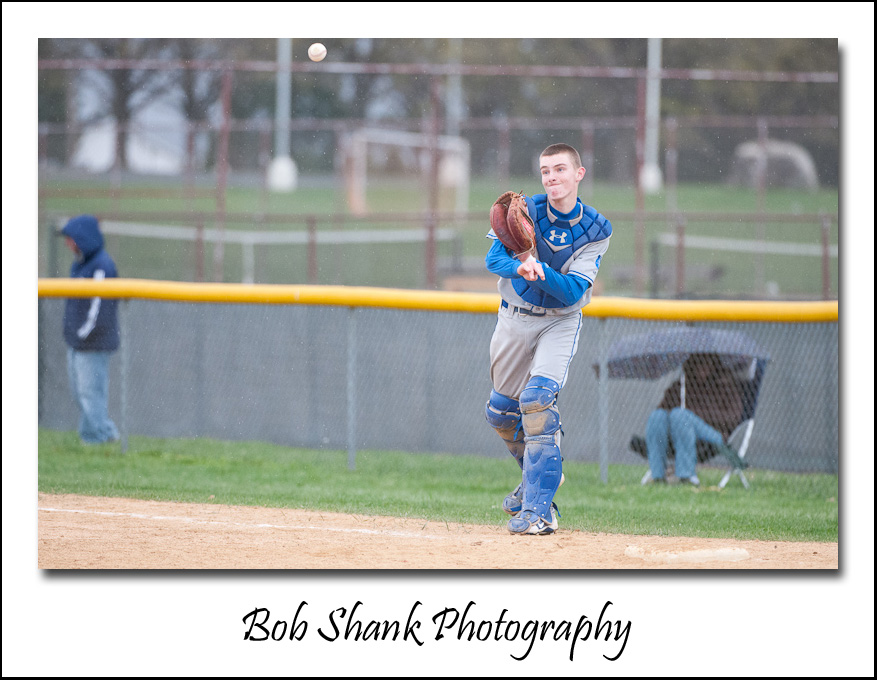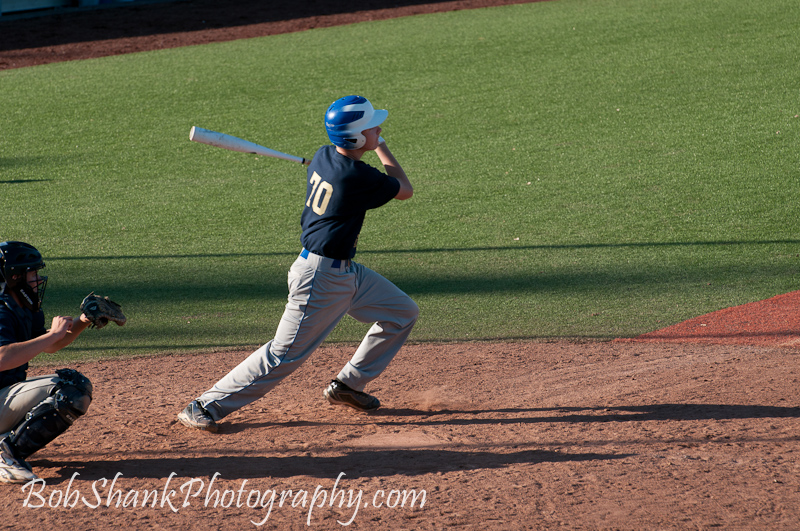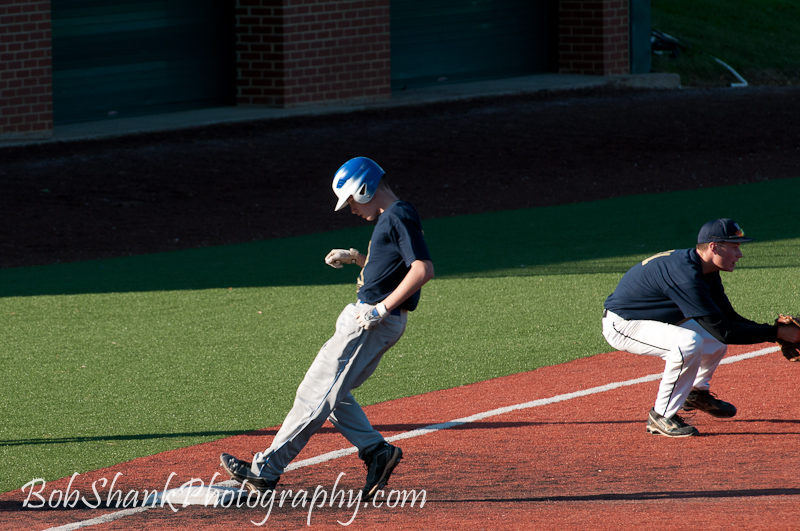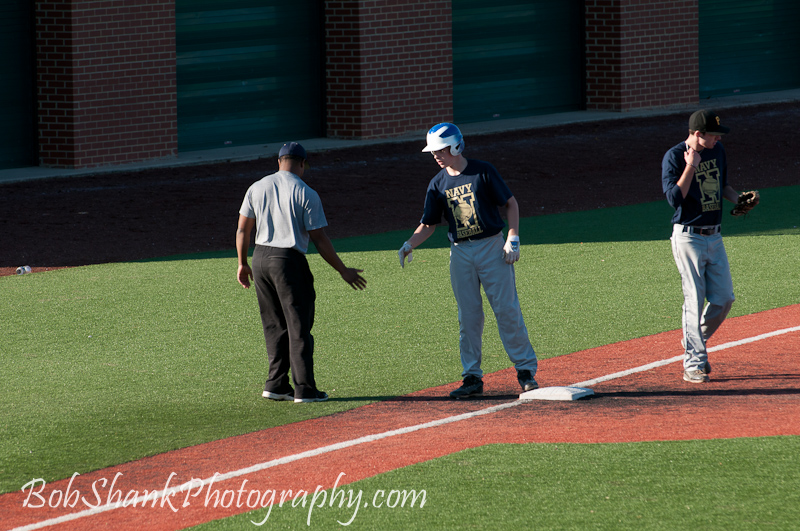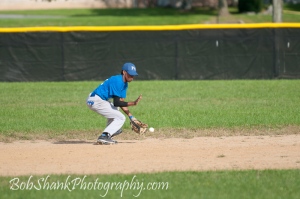
I enjoy sports photography. I like sports, I played sports, I coached sports, and now I photograph sports.
Sometimes, every once in a while, things just click in sports photography. Yes, need to know the game we are shooting, try to anticipate where the action will be next, obtain the absolute best shooting position–you know, the whole nine yards. Even then, when all seems to be going just right, a photo can be out of focus, or an umpire or coach steps right in the way of the action. I know because I’ve experienced this more times than I can count.
But then, every once in a great while, things just click in sports photography!
The above photo was captured at the Pleasant Valley vs. Northwestern Lehigh high school baseball scrimmage. The weather was gorgeous and it was a perfect day for baseball. Spring has about sprung, and the new baseball season is nearly under way officially. How could a sports photographer complain on a day like this?
One of my goals in sports photography is to try my best to get the baseball in the frame of the photograph whenever possible. This helps to show the action even in a still photo. It’s even better when the player’s eyes are focused on the ball and the ball is in complete focus in the frame. Of course, this just doesn’t happen all the time, but it is a worthy goal in my humble sports photo opinion.
On this particular swing, I knew the batter broke his bat. Everyone could hear it and one fan even said so to me. Yep, the bat was broken, but I did not realize I capture “the moment” until I was editing the shoot on my computer back in my office. Then, as soon as my eyes saw this photo, I knew I had captured “the moment.”
Let’s first talk about what’s wrong with this photo. First of all, it contains that dreaded baseball background–the chain-link fence. I hate these backgrounds. It looks more like a dog fence than something that ought to be in a photograph. Who let the dogs out anyhow? Secondly, the baseball is not in focus, not even close. Third, the catcher’s arm is cut off and appears to be floating in the air all by itself. Yuck!
But even with all that, I like this photograph. The player is in focus and the ball leaving the broken bat tells the story well and almost exudes action! As a matter of fact, when I look at this photo I swear I can almost hear the crack of the bat hitting that baseball!
Now the next photograph wouldn’t mean much without seeing the one right before it. But now this last photo helps to tell the story of this at-bat. And you thought you carried a big stick!











